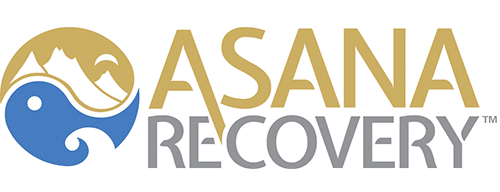We all know that the United States is in the midst of an opioid crisis, partly due to years of overprescribing pain medication or prescribing it when something less addictive would suffice. If you’re predisposed to addiction or already struggling with it, or even if you’re just afraid that you might become addicted, you may want to avoid opioids whenever possible. Even if you’re following your doctor’s instructions for prescription use, you might be taking more than you need. So what are your options for pain relief? There are many natural remedies, like yoga and physical therapy, and spiritual pursuits such as meditation or mindfulness. However, if your pain is chronic or severe, these might not be enough. According to the 2012 National Health Interview Survey, an estimated 25.3 million adults – or 11.2 percent of the population – experience chronic pain occurring every day for three months. Nearly 40 million adults – 17.6 percent – experience severe pain. If you’re one of these people, you might benefit from neuromodulation.
Neuromodulation refers to the process of altering nerve activity by stimulating certain neurological sites in the body. The stimulus can be either electrical, magnetic, or chemical. Neuromodulators are a type of neurotransmitter that are released from a neutron (a cell that receives, processes, and transmits messages throughout the body by electrical and chemical signals) by nerve endings. They can then move through the body and act upon other neurons by increasing or decreasing their activity.
Some of the neurons that may be acted upon by neuromodulators include enkephalins, endorphins, and dynorphins. Enkephalins have to do with the central nervous system’s response to stimuli that may be harmful. Endorphins are chemicals that interact with the receptors in the brain that perceive pain. Dynorphins are tied to learning and memory, emotional control, stress response, and pain.
What this means in practice is that a neuromodulation device can be implanted into the body in order to act upon the pathways of the nervous system. For example, in spinal cord stimulation, an electrode is placed next to the spinal cord, where it generates a weak electrical current that interrupts the transmission of pain. Sacral nerve stimulation is similar but acts upon the pelvic area. Peripheral nerve stimulation targets the nerves that serve as a link between your brain and spinal cord and the rest of your body. Carpal tunnel syndrome is an example of peripheral nerve damage. These all use electrical currents, but there are also devices that dispense medication. Spinal infusion pumps allow for the constant administration of small amounts of potent medications to the spinal cord and nerve roots. The device consists of a programmable pump that contains a supply of medication and a spinal catheter that delivers the medicine to the spinal canal.
If you or a loved one need help with quitting drugs or alcohol, consider Asana Recovery. We offer medical detox, along with both residential and outpatient programs, and you’ll be supervised by a highly trained staff of medical professionals, counselors, and therapists. Call us any time at (949) 438-4504.



